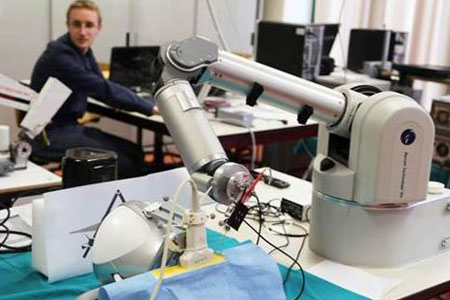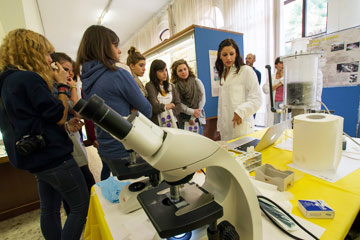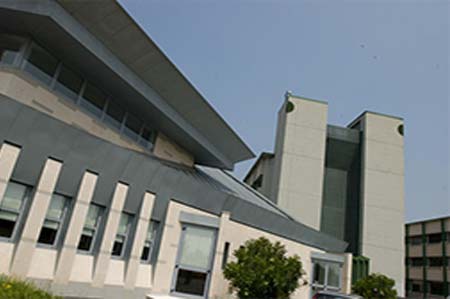The research described in this proposal aims at significantly pushing the state of the art of teleoperation and
haptics, by developing a unified theory that would combine control theory analysis and psychophysics
findings into a single formalism suitable to the joint optimization of stability and perception in teleoperation
systems.
A teleoperation system consists of a master and a slave device. When force is fedback to the operator by
means of a haptic device, the system is called bilateral, and the main issues are stability and perception, the
former addressing Control Theoretical and the latter Psychophysical aspects. Generally no connection is
made between stability and perception in teleoperation analysis, except for saying that robust stability affects
perception because of the interplay of control loop gains.
In this proposal we will investigate the connection between stability and perception given by a common
geometric framework. If stability is considered from an energy point of view, and perception depends on
force and motion directions, a geometric model of the teleoperation space may exist that accounts for both
phenomena. Teleoperation may then be modeled by a manifold whose tangent vector and co-vector can be
used to represent perception and stability.
The existence of such a differential geometry representation has never been postulated before and
therefore it would need to be verified with extensive experiments and analytical proofs. The shape of this
hypothetical manifold would also be affected by how a subject perceives his/her body space, and it would
explain the perception alteration reported in the literature.
The impact of this research will be very significant in all those areas that involve tight human-robot
interaction. In particular, this research will be essential to support the diffusion of robotic surgical devices, to give surgeons correct, and even enhanced, feedback of the surgical arena, and to satisfy the need of system
safety.







